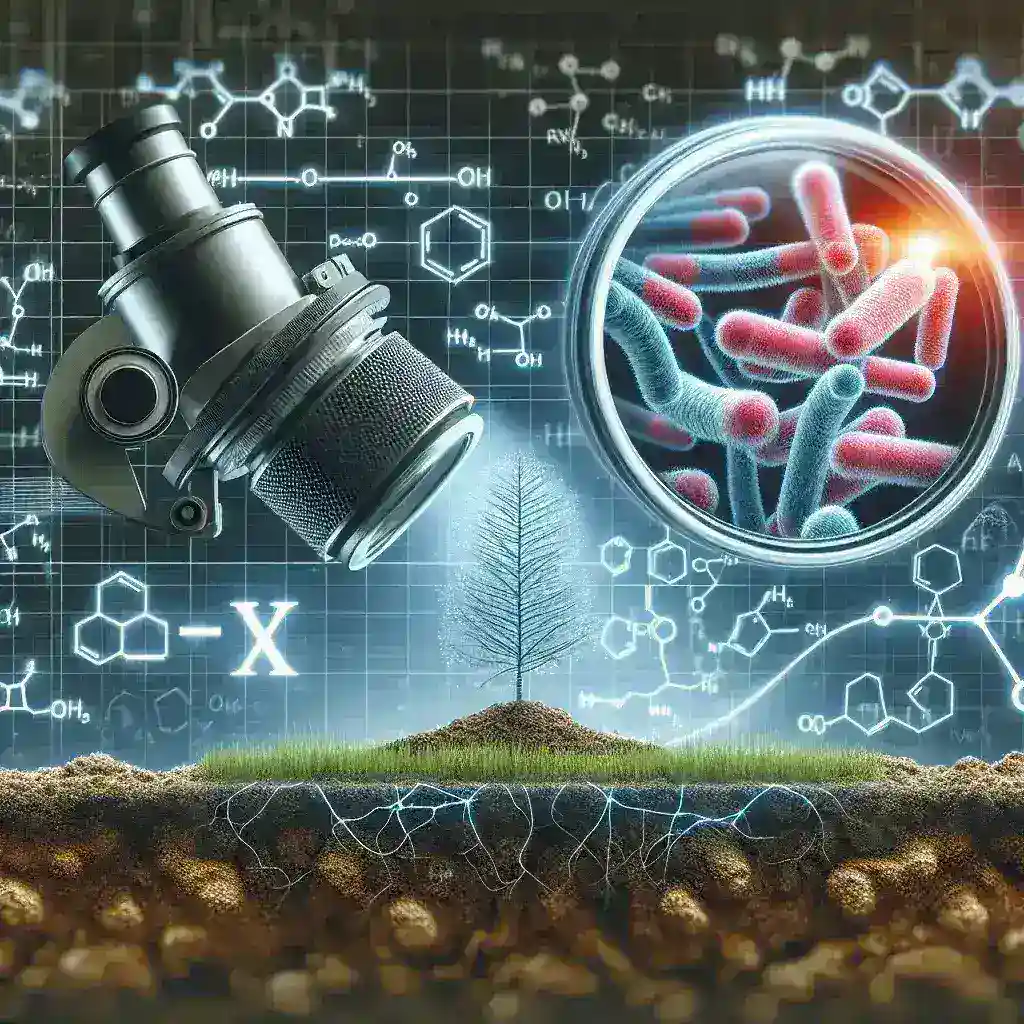Introduction
The rapid rise of antibiotic resistance poses one of the most significant threats to global health today. With pathogens evolving faster than new antibiotics can be developed, the need for innovative solutions has never been more critical. Leveraging the power of Artificial Intelligence (AI) algorithms to identify new potential antibiotic compounds from soil bacteria presents a promising pathway to combat this growing crisis.
The Importance of Soil Bacteria
Soil bacteria have historically been a rich source of antibiotics. Penicillin, one of the first antibiotics discovered, was isolated from the mold Penicillium, which naturally occurs in soil. The vast diversity of microorganisms present in soil ecosystems offers a treasure trove of biochemical secrets that scientists are only beginning to unlock.
The Role of AI in Antibiotic Discovery
Traditionally, discovering new antibiotics has been a laborious and time-consuming process, involving extensive screening of microbial metabolites. However, AI algorithms can significantly streamline this process by analyzing vast datasets to identify patterns and predict which compounds might have antibiotic properties.
How AI Algorithms Work
AI algorithms utilize machine learning techniques to process and analyze data from various sources, including genomic sequences, chemical structures, and biological activity records. By training on existing data regarding known antibiotics and their properties, these algorithms can generate hypotheses about new compounds.
- Data Collection: Gathering extensive datasets from soil samples, including genomic information and metabolomic profiles.
- Feature Selection: Identifying relevant features that correlate with antibiotic activity.
- Model Training: Using machine learning models to predict the likelihood of a candidate compound being an effective antibiotic.
- Validation: Testing the predicted compounds in laboratory settings to confirm their antibacterial efficacy.
Advantages of Using AI in Antibiotic Discovery
The integration of AI into the search for novel antibiotics offers several advantages:
- Speed: AI can analyze complex datasets at a speed and scale that far exceeds traditional methods.
- Efficiency: Reducing the number of compounds that need to be screened in the laboratory saves time and resources.
- Novel Insights: AI can uncover relationships and insights that might be missed by human researchers.
Case Studies of Successful AI Applications
Several research teams have successfully employed AI algorithms to identify new antibiotic compounds from soil bacteria. One notable study involved the use of deep learning to analyze soil microbiomes, leading to the discovery of a new class of antibiotics that showed promise against resistant bacterial strains.
Another innovative approach utilized reinforcement learning to guide the exploration of chemical space, resulting in the identification of novel compounds with potent antibacterial activity.
Challenges and Limitations
While the potential of AI in antibiotic discovery is immense, there are challenges and limitations that researchers must address:
- Data Quality: The accuracy of AI predictions heavily relies on the quality and comprehensiveness of the input data. Incomplete or biased datasets can lead to erroneous predictions.
- Interpretability: Many AI models, especially deep learning algorithms, can be complex and difficult to interpret, making it challenging to understand why a model made a specific prediction.
- Laboratory Validation: Compounds predicted by AI still require rigorous laboratory testing to confirm their efficacy and safety, which can be resource-intensive.
The Future of Antibiotic Discovery
As AI technology continues to evolve, its applications in antibiotic discovery are poised to expand. Future advancements may include:
- Integration with Genomics: Combining AI with cutting-edge genomic technologies to explore the genetic potential of soil bacteria for novel antibiotic production.
- Real-Time Analysis: Developing AI systems capable of real-time analysis of microbial communities, allowing for faster identification of promising antibiotic candidates.
- Collaborative Platforms: Creating collaborative platforms where researchers can share data and AI insights, fostering a global effort to combat antibiotic resistance.
Conclusion
The intersection of artificial intelligence and microbiology represents a frontier of immense potential in the battle against antibiotic resistance. By harnessing the capabilities of AI algorithms to identify new potential antibiotic compounds from soil bacteria, we can take significant strides toward addressing one of the most pressing health challenges of our time. Continued investment in research and collaboration will be crucial in shaping a future where effective antibiotics are readily available.
As we stand on the cusp of this exciting era, it is imperative that we embrace the advancements in technology and the remarkable capabilities of nature to restore balance in our fight against resistant pathogens.

